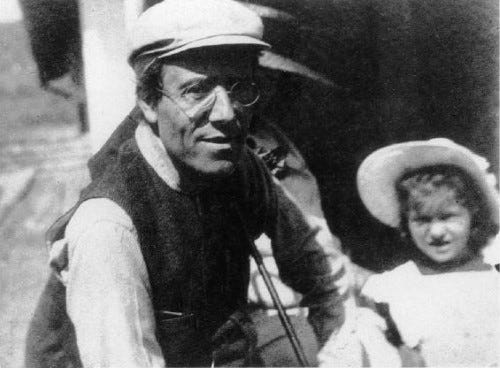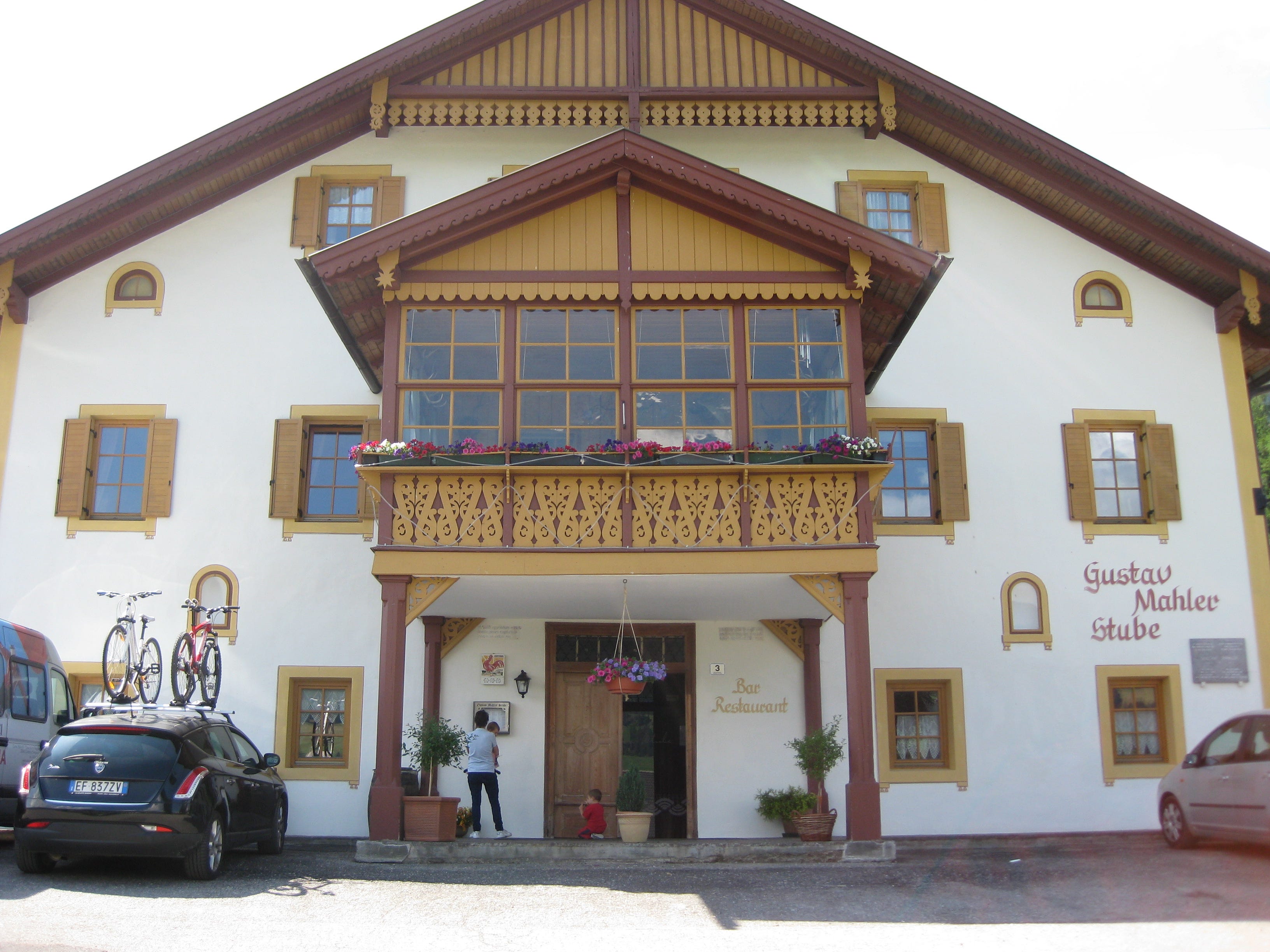
Mahler wrote his Symphony №9 during the summers of 1908 and 1909 in a hastily built composer’s hut behind the Hotel Trenkerhof in Toblach, which is now part of Northern Italy.


The Mahler family spent the summers of 1908 and 1909 at this hotel because during the previous summer their daughter, Maria Anna Mahler (1902–1907), had died of diphtheria in their villa in Maiernigg. It was impossible for them to ever go back.
Without doubt, the ninth symphony is infused with a sense of remembrance and farewell for not just his daughter, but for his siblings and parents, all of whom were now gone. This farewell motif heard throughout the first movement is a quote from Beethoven’s “farewell” sonata, the Piano Sonata №26 in E flat major, Op. 81a “Les Adieux”
However, this is not a symphony that wallows in the morose or melancholy, but rejoices with affirmation for life and love! The composer Alban Berg writes about this first movement in a letter to his wife:
I have once more played through Mahler’s Ninth. The first movement is the most glorious he ever wrote. It expresses an extraordinary love of this earth, for Nature; the longing to live on it in peace, to enjoy it completely, to the very heart of one’s being, before death comes, as irresistibly it does. The whole movement is based on a premonition of death, which is constantly recurring. All earthly dreams end here; that is why the tenderest passages are followed by tremendous climaxes like new eruptions of a volcano. This, of course, is most obvious of all in the place where the premonition of death becomes certain knowledge, where in the most profound and anguished love of life death appears ‘mit höchster Gewalt’; then the ghostly solos of violin and viola, and those sounds of chivalry: death in armour. Against that there is no resistance left, and I see what follows as a sort of resignation. Always, though, with the thought of ‘the other side. […]. Again, for the last time, Mahler turns to the earth — not to battles and great deeds, which he strips away, just as he did in Das Lied von der Erde in the chromatic morendo downward runs — but solely and totally to Nature. What treasures has Earth still to offer for his delight, and for how long?
The symphony has four distinct movements, with the first movement Andante and the last movement Adagio setting the tone for the piece as a whole. However, the inner two movements, the Andante and Rondo — Burleske live in the realm of extremes of gesture and emotion.
Watch the Mahler Foundation’s recent documentary here:
The premiere took place in Vienna, with Bruno Walter conducting the Vienna Philharmonic, June 26, 1912, two years after Mahler’s death.
Here are my favorite performances: